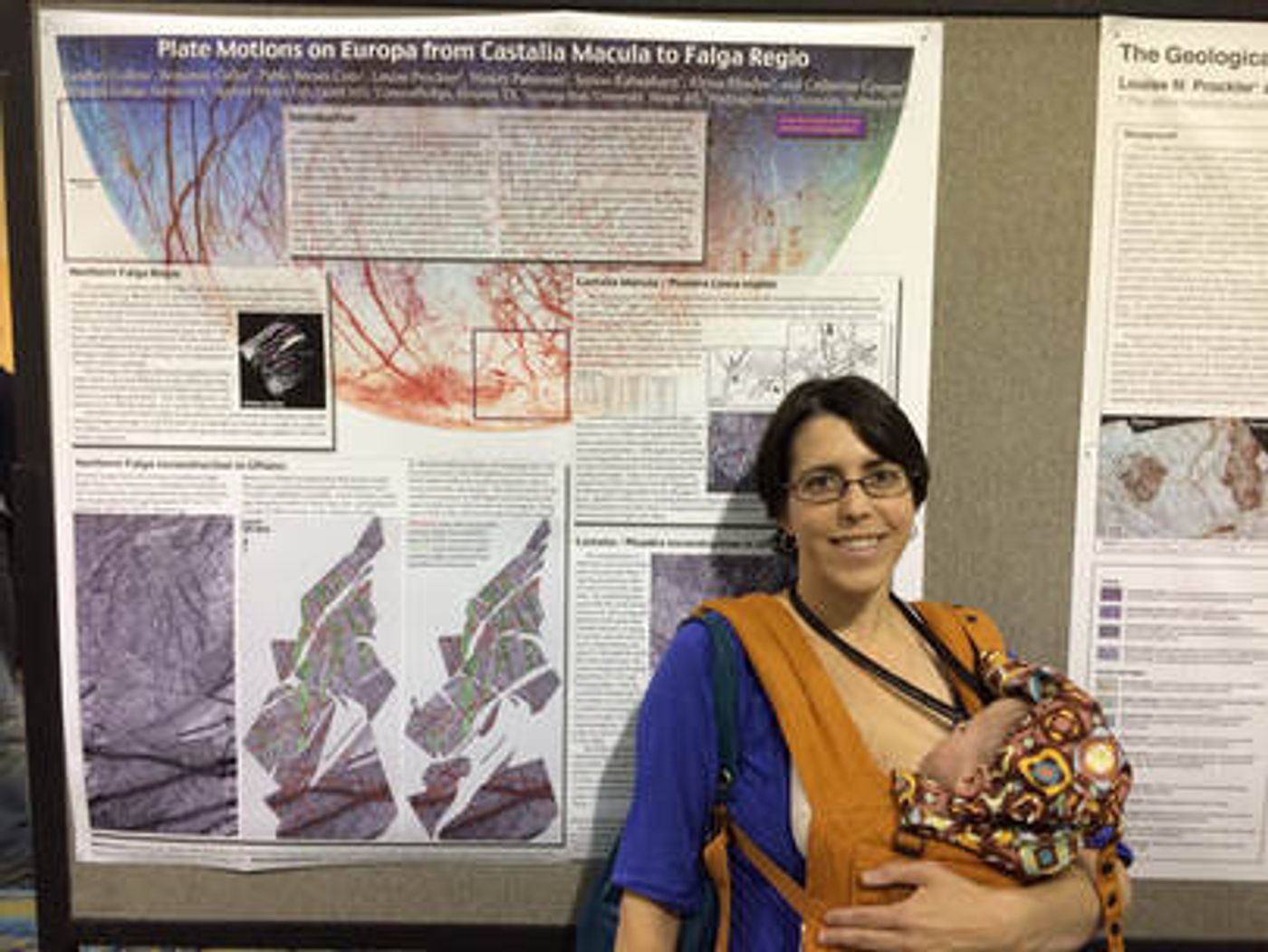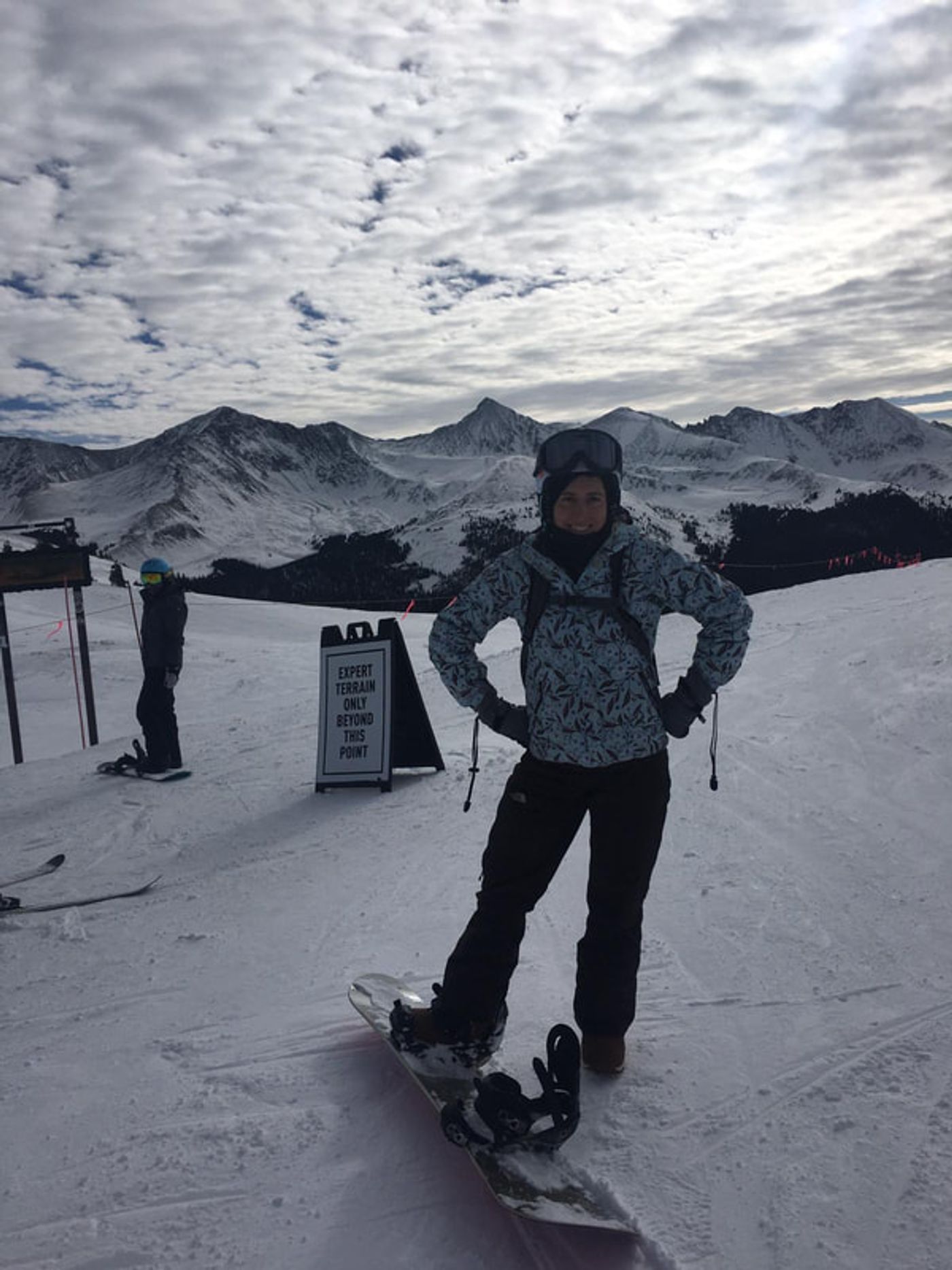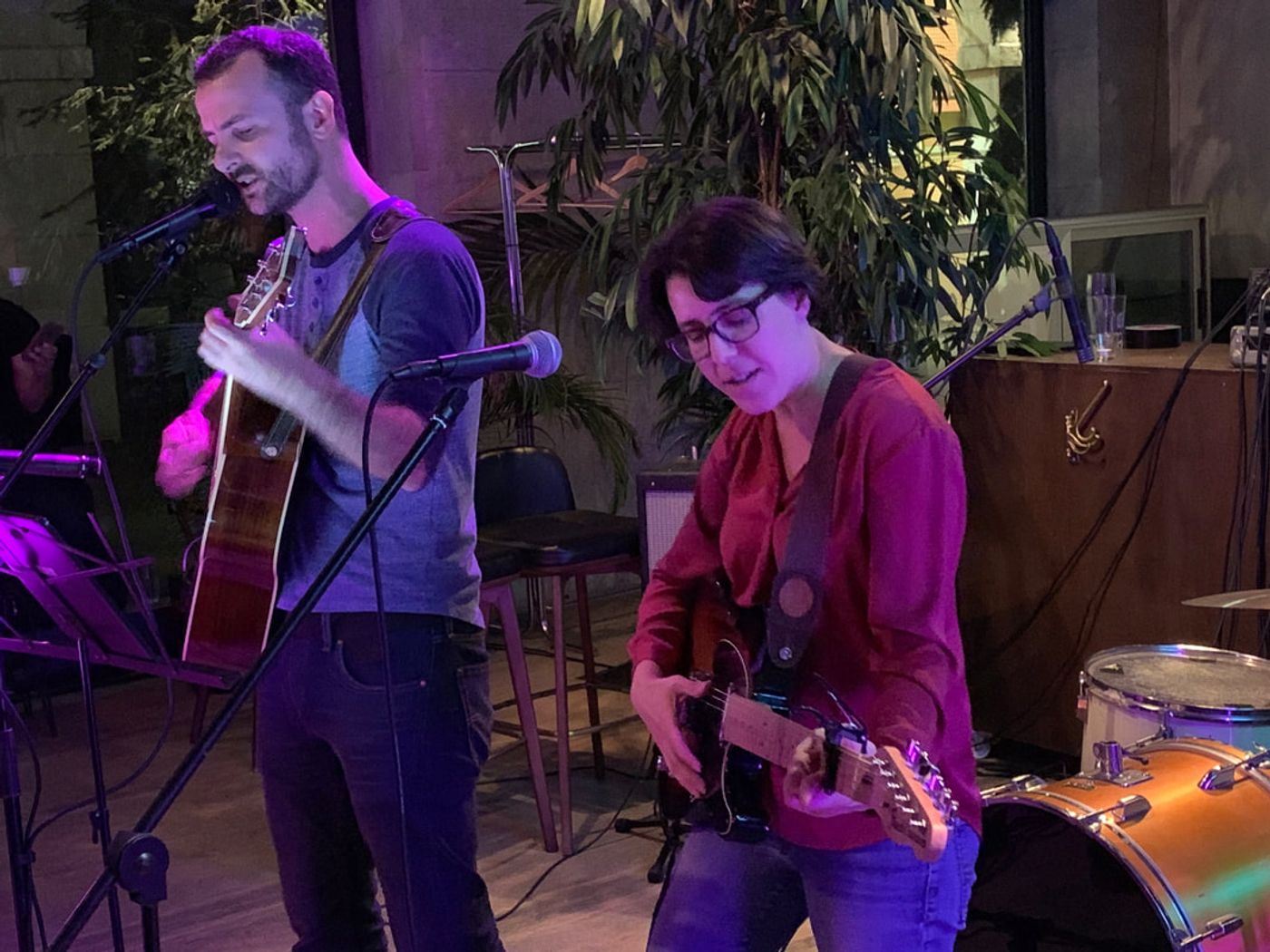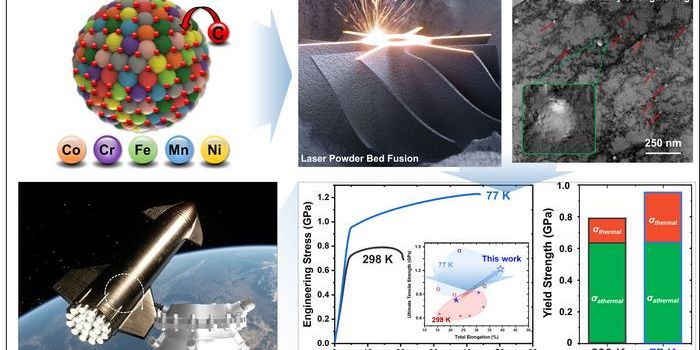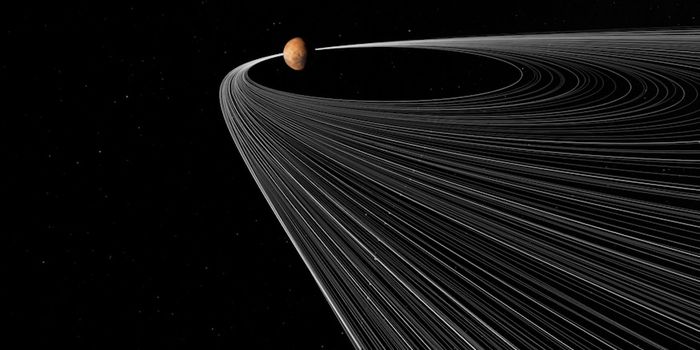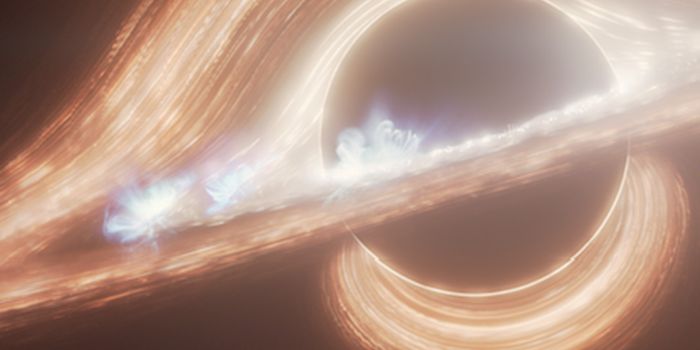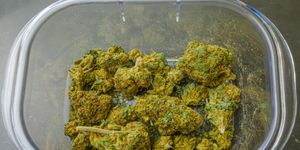Alyssa Rhoden: Icy Moon Geophysicist, Mom, and Guitar Player
Dr. Alyssa Rose Rhoden is a Principal Scientist within the Planetary Science Directorate at the Southwest Research Institute (SwRI) in Boulder, Colorado. She is an expert in the geophysics of ocean worlds, specifically Jupiter’s moon Europa, but has since expanded her studies to include Pluto’s moon Charon, Saturn’s moons Enceladus, Mimas, and Tethys, Mars’ moon Phobos; and irregular-sized moons of Jupiter. She is also a mom of two, an avid guitar player, and enjoys the outdoors in her spare time.
“I strive to make a difference in the world, create strong friendships, have an awesome time raising my kids, and have an active lifestyle,” Rhoden writes on her website.
Alyssa is a testament to how you can both be a scientist and have a successful and well-balanced life outside of science, too, and says she was driven to become a scientist after receiving encouragement from her mother.
“Of course, I also had a sense of wonder for the natural world, blended with curiosity and a deep interest in solving mysteries, so the field suited me,” she explains in a short biography.
Alyssa stumbled around a bit, once she got to college, because she did not see people like her—quirky, creative types who could not seem to effortlessly speak the language of math and physics. At one point, she decided to leave science to pursue a career as a lawyer but says this serendipitously led her to the field of planetary science.
“The images of the diverse worlds of our solar system—particularly of the outer solar system—gave me the spark I had been lacking. And I have been studying icy moons ever since.” She further explains.
Alyssa Rose Rhoden officially began her career in planetary science as a second-year undergraduate at the University of Arizona after switching from astrophysics, graduating with a Bachelor of Science in Physics in 2003. As an undergraduate, she worked with Dr. Richard Greenberg, who was working on understanding Jupiter’s moon, Europa, using the recently-acquired data from the Galileo spacecraft, saying the images of Europa’s surface is what drew her in.
“But the thing that sealed the deal was that Europa’s surface, interior, and orbit are all linked through the process of tides,” she explains. “The idea that we could learn about the entire system of a planetary body by looking at each individual component of its surface was fascinating to me. I wasn’t just learning about one feature or one process, but the whole history of Jupiter’s moons. Even today, more than 20 years later, I am most interested in the way satellite systems function and evolve.”
Upon graduation, she spent the next two years as a Research Assistant at the University of Arizona’s Lunar and Planetary Laboratory studying tidal tectonic on Europa, a position she started as an undergraduate. She went on to get her PhD in Earth and Planetary Science at UC Berkeley in 2011 under her PhD advisor, Dr. Michael Manga, with the PhD Dissertation title, “The rotation and fracture history of Europa from modeling of tidal-tectonic processes”.
After earning her PhD, Dr. Rhoden continued to hone her geophysics modeling skills as a NASA Postdoctoral Program fellow and later a Mission Scientist at NASA’s Goddard Space Flight Center where she was part of a Discovery mission proposal team. She completed her postdoc experience as a post-doctoral Staff Scientist at Johns Hopkins University Applied Physics Laboratory working on the Europa Clipper pre-project team.
In 2015, Dr. Rhoden accepted a tenure-track position as an Assistant Professor of Planetary Science at the School of Earth and Space Exploration at Arizona State University, where she polished her skills as both a teacher and mentor for undergrad and grad students with the Rhoden Research Group. In 2018, she accepted her current position as a Principal Scientist at SwRI where she continues to receive funding for various ocean world studies. She says working at SwRI is “pretty amazing”.
“I always thought it seemed like a fantasy job – brilliant people just sitting around chatting about science and figuring out the Universe,” she says. “And now that I work at SwRI, I can tell you, it’s exactly like that. With donuts.”
She thinks students don’t get enough exposure to research institutions outside universities. She also believes the notion that anything but a faculty job at a research-focused university is somehow “less than" is garbage.
“Of course, universities can be amazing institutions for scientific inquiry, but they are not the only places or the best places.” She explains and further says the various institutions she’s worked at are all different in terms of culture.
“They each have pros and cons. But the best place for you to be a scientist is the place where you can flourish as an individual and as a collaborator, and there is no one right fit for all people.”
